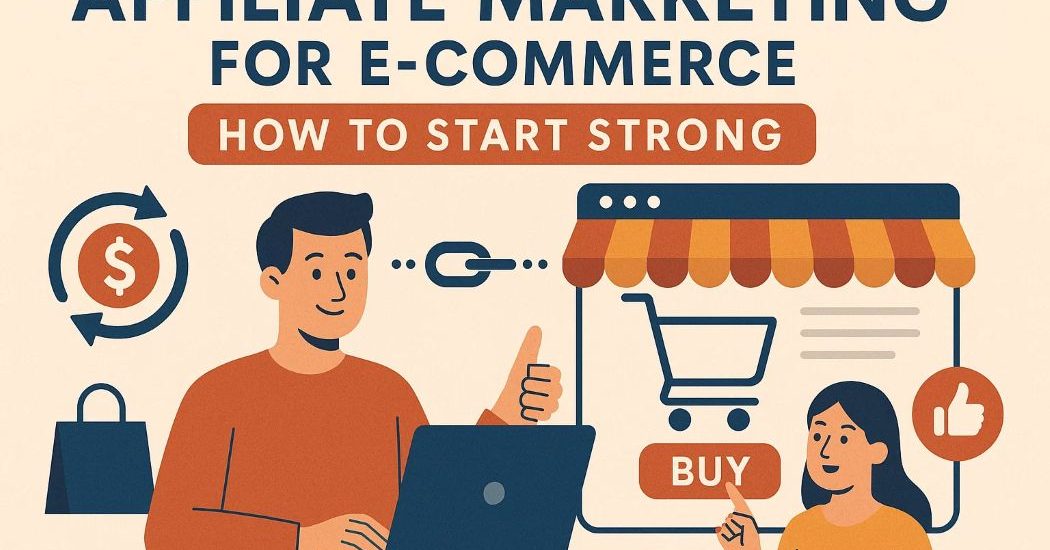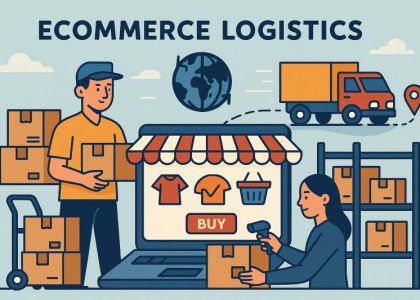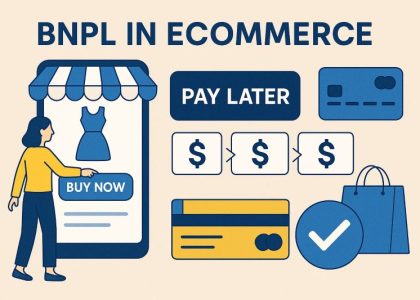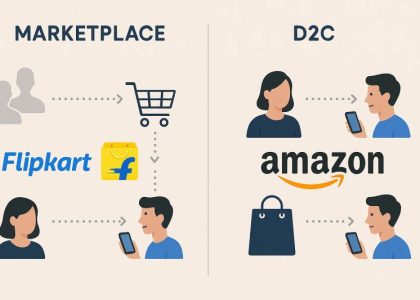In today’s fast-moving e-commerce landscape, affiliate marketing stands out as one of the most effective and beginner-friendly ways to generate income online. For e-commerce businesses, it’s not just a revenue stream—it’s a growth engine. Whether you’re a beginner looking to promote products or a store owner aiming to increase sales through affiliates, this blog will show you how to start strong and stay competitive.
🚀 What Is Affiliate Marketing?
Affiliate-marketing is a performance-based strategy where individuals (affiliates) promote products or services through special links. They receive a commission whenever a purchase is made through their unique referral link. It’s a win-win for both parties: brands gain more exposure and sales, while affiliates earn income without managing inventory or customer service.
🛍️ Why E-Commerce and Affiliate Marketing Go Hand-in-Hand
E-commerce and affiliatemarketing complement each other perfectly. Here’s why:
- Low upfront investment
- Scalable model with global reach
- Performance-based payment structure
- Increased brand visibility through diverse channels
As an affiliate, you can choose to promote products you trust and build a niche-specific audience. As a brand, you can work with micro-influencers, bloggers, and content creators to increase conversions and credibility.
📋 Step-by-Step Guide to Start Affiliate Marketing in E-Commerce
1. Choose Your Niche Wisely
Your niche determines your audience, content, and product choices. Go for something you’re passionate about, and that has demand in the market.
Examples:
- Health & Fitness
- Beauty & Skincare
- Home & Kitchen
- Tech & Gadgets
- Fashion & Accessories
A focused niche builds trust and makes your marketing efforts more targeted and effective.
2. Pick the Right Affiliate Program or Platform
You can start by joining established affiliate programs or networks that offer a wide range of products and trusted tracking systems.
Popular platforms include:
- Amazon Associates
- ShareASale
- CJ Affiliate
- Impact
- Flipkart Affiliate (India)
- Shopify Affiliate Program
Compare commission rates, cookie durations, payout thresholds, and product categories before signing up.
3. Build a Platform to Promote Products
Select a platform that aligns with your content style and target audience. You can use:
- A niche blog or website
- YouTube channel
- Instagram, Facebook, or Pinterest
- Email newsletters
- Reels or TikTok short videos
SEO-optimized content or engaging video can drive organic traffic and improve conversions.
4. Create High-Quality, Value-Driven Content
Content is king in affiliate marketing. Your content must provide value first and sell second. Types of content that convert well include:
- Product reviews and comparisons
- “Top 10” lists
- Tutorials and how-to guides
- Honest unboxings or demos
- Discount or promo code posts
Make sure you disclose affiliate partnerships to remain compliant with laws and platform rules.
5. Track, Optimize, and Scale
Use tools like Google Analytics, Bitly, or your affiliate dashboard to track clicks, conversions, and revenue. Identify which content performs best and double down on those strategies.
Tips to scale:
- A/B test your headlines and calls to action
- Try paid ads once organic traffic is consistent
- Build an email list for remarketing
- Repurpose blog content into videos or carousels
✅ Pro Tips for Affiliate Success in E-Commerce
- Promote only products you believe in
- Focus on long-term relationships, not just quick sales
- Stay updated with trends, seasons, and hot sellers
- Optimize for mobile—it’s where most users shop
- Always test links and track performance regularly
💡 Real-World Example
Suppose you’re a fitness enthusiast. You start a blog and promote protein powders, fitness gear, and digital workout plans through Amazon or a fitness-specific affiliate network. By writing product comparisons, “best of” lists, and workout tips, you can naturally link to affiliate products and earn passive income from your content.
🔑 Final Thoughts
Affiliatemarketing in e-commerce is not just about sharing links—it’s about building trust, solving problems, and guiding people toward products that truly help them. With the right tools, mindset, and consistency, you can turn affiliate marketing into a steady income stream or boost your e-commerce brand’s reach.
Starting strong requires clarity, focus, and a value-first approach—but once set up, affiliate marketing can become one of the most rewarding parts of your digital journey.





